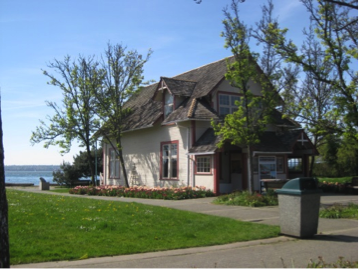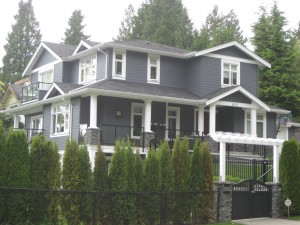ON THE RADAR
CURRENT ISSUES:
1. Official Community Plan
2. Planning / Development Process
3. Public Involvement Policy
4. Masonic Hall Site
5. Housing Bulk (“Monster Houses”)
6. Maison Senior Living
7. Neighbourhood Character Working Group
8. Executive Group(660 Clyde Avenue and 657 and 675 Marine Drive, District of West Vancouver)
RECENT / ONGOING ISSUES:
8. Park Royal / White Spot
9. Upper Lands Development
10. Ambleside Waterfront Strategy
11. Sale of Municipal Lands
12. Grosvenor Development / 1300 Marine Drive
13. Evelyn Drive/Onni
14. Safeway site development
15. Arts Centre/Ferry Building
INPORTANT CONSIDERATIONS
1. Official Community Plan
How will growth affect your quality of life?
A good Official Community Plan, (OCP) should provide specific information about anticipated growth and how it will affect your quality of life.
For instance: Will your commute take twice as long over the next decade? What is the future of your current view? Will we be able to continue to enjoy the views of mountains and ocean from our village streets and parks? Will your home be able to retain privacy? Will the community centre be too crowded to enjoy? Will the district remain beautiful? How and where will we house our elderly, disabled and others? Will our community be safe? Will our waterways be clean? Will our community be accessible for those with disabilities? How will our historical / heritage assets be retained?
ADRA believes we deserve an OCP that will provide a clear portrait of how West Vancouver will change as it develops and how it will affect your quality of life. Furthermore, we believe residents deserve the opportunity to choose OCP options which best preserve their quality of life.
West Vancouver municipal “satisfaction” surveys indicate that while residents continue to rate our “quality of life” as high – that rating is dropping. So are the ratings for West Vancouver as a good place to retire and a good place to raise a family.
Directions or Policies on Housing, Transportation, Economy, Environment, Social Well Being, etc. should at minimum maintain our quality of life and preferably enhance it. This requires hard work and creativity but there is no need to settle for anything less.
The first step is to ensure that the Municipality has a clear and accurate vision of what the community deems to be the most important quality of life factors. Then to demonstrate that quality of life will be preserved and even enhanced with anticipated growth, the plan must:
- Present quantifiable criteria for assessing the impact of growth on each quality of life factor likely to be affected by future development,
- Based on these criteria, show how past growth has affected each quality of life factor,
- Use the criteria to show how the effect will likely change with anticipated growth,
- Propose actions to prevent an undue decline in quality of life,
- Also propose actions to enhance existing quality of life, and
- Provide the factual basis for why the actions are likely to produce the benefits claimed in the plan, along with any uncertainty.
A good OCP will show how anticipated growth is likely to affect quality of life for both current and future residents as well as those who work or visit West Vancouver.
Amending or changing an OCP should not be taken lightly. This mean if a development application requires an OCP amendment – the OCP amendment should be assessed and decided on its own merits – not in conjunction with the development application.
The District of West Vancouver is is in phase three of a four part OCP renewal process. They have yet to specifically address quality of life.
Zoning
Zoning land use regulations as well as zoning maps provide the means to implement the goals set forth in the Official Community Plan. Zoning has not yet been discussed in the OCP renewal process.
Zoning may specify:
- the uses allowed on property; (residential, commercial, etc.)
- how close buildings can be to one another;
- building height;
- how many structures can be built on a property;
- how much of a property can be covered by buildings; and
- limits on potential nuisances due to noise, lighting or dust.
Zoning is a critical tool for getting the benefits of growth while minimizing negative impacts.
When it works well zoning guides new development to sites where benefits will be maximized without detracting from the use and enjoyment of those owning or occupying adjoining property or the community as a whole.
When zoning works poorly the benefits are slanted to the specific property owner(s) or special interest group at the overall expense of the quality of life of others.
As mentioned previously, the OCP should set forth the goals of the community and the objectives essential to achieving the goals.
Re-zoning, like, the OCP should be prepared through a process that encourages maximum participation by all community members and provides residents with the background information needed to understand how each alternative will affect their interests.
Like the OCP, good zoning can only result from a thorough, unbiased analysis of all realistic options for how the district might grow. Each option is ranked based on estimates of positive and negative effects. Residents of the locality then decide which option(s) will provide the best quality of life for them and their children. Thus, good zoning begins with a plan meeting these criteria.
Spot Zoning
“Spot zoning” occurs when development is allowed that is not consistent with the OCP and/or existing zoning.
In almost all cases it benefits one property owner at the detriment of others owners/occupants.
Spot zoning is considered the hallmark of poor planning.
Zoning changes should only occur when a comprehensive planning process or other thorough, public process shows that there will be significant public benefit and it will not adversely affect adjoining property owners.
Some examples of spot zoning in West Vancouver: Grosvenor building 1300 Marine Dr., Onni/Evelyn Drive, Sewells Horseshoe Bay, Maison Keith Rd. & Taylor Way, Westerleigh 22nd and Marine, Hollyburn Gardens Infill, 15th & Clyde apartment, 370 & 380 Mathers (Church to residential)
2. Planning / Development Process
Zoning changes should stand on their own merit and not be considered in conjunction with a development application.
Too may times West Vancouver has amalgamated OCP amendments, a re-zoning process and a development application approval in the same process and motion. This may be convienant for he developer and the
This section under revision – please check back soon!
3. Public Involvement Policy/Community Outreach and Engagement Policy
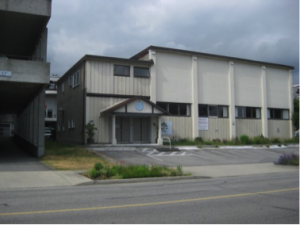
4. Masonic Hall
This section under revision – please check back soon!
5. Housing Bulk (“Monster Houses”)
This section under revision – please check back soon!
circa 1940
circa 2015
6. Maison Senior Living
7. Neighbourhood Character Working Group
8. Executive Group (660 Clyde Avenue and 657 and 675 Marine Drive, District of West Vancouver)
9. Park Royal/White Spot
This section under revision – please check back soon!
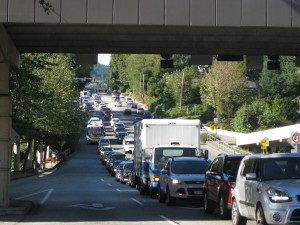
Looking north at Taylor Way and Marine Drive at 5:50 PM
10. Upper Lands Development
This section under revision – please check back soon!
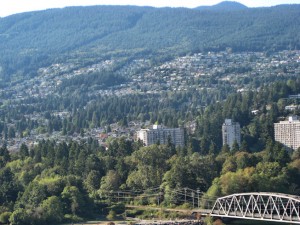
11. Ambleside Waterfront Strategy
This modified plan was was passed by COUNCIL ON MONDAY JUNE 16th.

PAST ISSUES:
12. Sale of Municipal Lands
This section under revision – please check back soon!
13. Grosvenor Development / 1300 Marine Drive
This section under revision – please check back soon!
14. Evelyn Drive/Onni
This former single family residential area was initially slated for a huge development including towers. ADRA helped members to campaign for fewer units and a smaller scale development. The result was a development reduced in scale that was sensitive to the local terrain. Approval was granted for a development of approximately half of the initially proposed 700 homes. The developer continues to return to the district to request additional development.
15. Safeway Site Development
Fresh Street Market currently occupies the space which was previously a Safeway market at 16th and Marine Drive. When Safeway left the site, residents were presented with two options, both involving two large residential towers, ADRA hosted a community meeting where residents packed in and voiced the reasons for their opposition. While this specific proposal has been put on hold for now we fully anticipate that this will return in the future. This property is currently owned by H.Y. Louie. Mr. Brandt Louie is on the Board of Directors of Grosvenor, the developer of 1300 Marine drive.
Establishing clear maximum height and density limits for this and other “special sites” is what is needed here and merely good planning.
16. Ferry Building
This section under revision – please check back soon!
